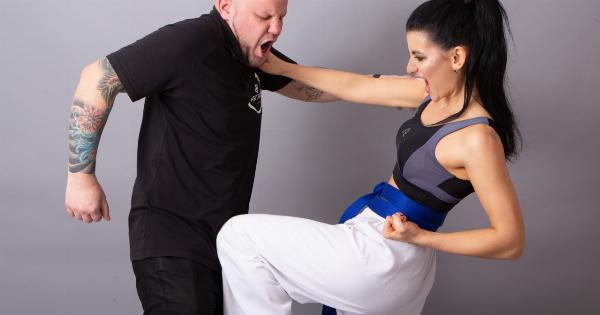Prostate cancer is a common cancer that affects men. Treatment for prostate cancer, such as radiation therapy, chemotherapy, and surgery, can cause side effects such as fatigue, incontinence, and erectile dysfunction.
However, incorporating exercises into one’s daily routine can help alleviate some of these side effects. Below are exercises that prostate cancer patients can do to alleviate treatment side effects.
1. Kegel exercises
Kegel exercises are one of the most recommended exercises for men with prostate cancer. These exercises involve contracting and relaxing the pelvic floor muscles, which are the muscles that control urine flow and help with erections.
Kegels can help alleviate incontinence and improve sexual function. To do Kegels,:.
- Sit comfortably or lie down with the knees bent and feet flat on the floor.
- Identify and locate the pelvic floor muscles by trying to stop urination mid-stream.
The muscle used to do this is the pelvic floor muscle.
- Tighten and contract the pelvic floor muscles for 5-10 seconds, then relax them for 5-10 seconds.
- Repeat the exercise 10-15 times, at least 3 times a day.
2. Walking
Walking is a low-impact form of exercise that can help alleviate fatigue and improve cardiovascular health. Walking for 30 minutes a day can help prostate cancer patients maintain a healthy weight and improve overall physical fitness.
Walking can also help alleviate depression and anxiety that often accompanies a prostate cancer diagnosis.
3. Aerobic exercises
Aerobic exercises such as cycling, swimming, and jogging can improve cardiovascular health, increase stamina, and reduce fatigue. Aerobic exercises can also help improve mood and reduce stress, making them ideal for prostate cancer patients.
However, patients should consult their healthcare provider before starting any new exercise program.
4. Yoga
Yoga is a low-impact exercise that can help reduce stress, improve flexibility, and increase strength. Prostate cancer patients can benefit from the relaxation techniques and breathing exercises that accompany yoga.
Yoga can also help alleviate fatigue and improve overall physical and mental well-being.
5. Resistance training
Resistance training involves using weights, resistance bands, or one’s own body weight to build muscle strength.
Resistance training can help improve muscular endurance and strength, which can help alleviate fatigue and improve overall physical performance. Patients should consult their healthcare provider before starting any new resistance training program.
6. Tai chi
Tai chi is a low-impact form of exercise that involves slow, gentle movements and deep breathing. Tai chi can help reduce stress, improve balance and coordination, and increase flexibility.
Tai chi can also help prostate cancer patients improve their overall physical fitness and reduce fatigue.
7. Stretching exercises
Stretching exercises such as yoga or pilates can help alleviate muscle tension and improve flexibility. Stretching can also help improve circulation, reduce stress, and promote relaxation.
Patients should consult their healthcare provider before starting any new stretching program.
8. Swimming
Swimming is a low-impact exercise that can help improve cardiovascular health and increase muscle strength. Swimming can also help alleviate fatigue and stress, making it ideal for prostate cancer patients.
Patients should consult their healthcare provider before starting any new swimming program.
9. Cycling
Cycling is a low-impact exercise that can help improve cardiovascular health, increase muscle strength, and reduce fatigue. Cycling can also help reduce stress and promote relaxation.
Patients should consult their healthcare provider before starting any new cycling program.
10. Meditation
Meditation is a relaxation technique that involves deep breathing and focusing on the present moment. Meditation can help reduce stress, improve mood, and promote relaxation.
Patients can meditate for a few minutes each day to help alleviate treatment side effects.





























